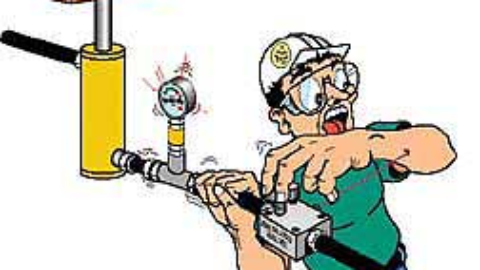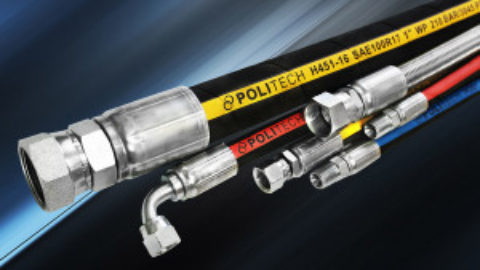A deeper look into fluid contamination
A few days ago, a friend re-counted (painfully) of how he had to park two of his company’s big machines permanently. He apparently had to do away with a caterpillar and a bulldozer (a whole lot of whooping million dollars of course) after they experienced permanent system failures. Worse enough, he had to go back to the drawing board and cough some more bucks to get his company back on track. What an awful way to kick-start the year?
To get the story straight, the machines’ hydraulic systems were extremely eroded to the point that repairing the old giants would cost more than buying new ones.
Preventive and corrective maintenance is all not all about conducting regular tests and all that stuff. It takes a profound understanding of what causes hydraulic fluid contamination to know how to control it. Guess what? This article is all about this (and much more).
After reading this article (I promise you), you’ll be in a better position to prevent hydraulic fluid contamination in your equipment.
Types of contaminants
Chemical contaminants
- Water
Actually, water is the most common of all fluid contaminants. And its impacts are far-reaching. As low as 0.1% of water in hydraulic oil can cut a system’s life by half (its true). That’s better considering other impacts such as hydraulic components and system jamming.
For one, water reduces the lubricating properties of oil. Hence, hydraulic components relying on the oil for lubrication and other purposes will be eaten away by friction faster than normally. Secondly, it fastens metal rusting which erodes away most metallic parts of the components. Within a short period, you may have to replace the whole hydraulic system
- Heat
Heat is a potent (very potent) chemical agent that changes the oil’s properties. Alterations in oil viscosity reduce its lubrication capacity which in turn exposes the hydraulic system to extensive damages due to unrestrained friction.
- Air
Only the undissolved air particles pose a direct threat to hydraulic systems. Luckily, if the air dissolves into the hydraulic fluids and remains dissolved, it’s no big deal. Any free (undissolved) air bubbles can cause pressure changes (by compression) to produce unwanted heat.
In the oil reservoir, air can cause oil frothing from the tank. The pumps can also get damaged in the process. Now, this can be costly.
Particulate contaminants
In particles, it is the size that determines the extent of risk posed to the components and the entire system. Some common particulate hydraulic fluid contaminants include human hair, sand grains, dust, flour, and bacteria.
SOS: even the smallest of particles can cause heavy damages to hydraulic components and systems.
Common sources of hydraulic fluid contaminants
- Wear regeneration cycle.
The interior surfaces of hydraulic components generate some particulate contaminants, which are supposed to circulate in the system until they find their way out. In the process, they cause damage to the system by corroding and blocking components.
- New oil
Most oils get contaminated during their production or storage stages. The baseline is that such oils may not go well with high-pressure equipment, or any other equipment.
- Native contaminants
After manufacturing or repair, some particles cling onto the hydraulic component’s surfaces. They include welding remains, sealants, and tapes remains among others. Apparently, these materials are carried across the hydraulic system by the hydraulic fluids, causing system damages.
- Ingress contaminants
Water, air, and some microscopic particles find their way into the system during repairs, oil changing, or through loose seals. Machines operating in humid conditions are highly exposed to water contamination if water molecules find their way into the hydraulic systems via loose connections. Even tight seals let in some degree of contaminants.
Contamination is everywhere,
You only need to fix contamination control fittings to monitor particulate matters in the hydraulic fluid. Simple tools such as the particle counter can help screen particle levels, and produce reliable reports on fluid contamination.
Now that you know the sources of hydraulic fluid contamination, you will find it easy to conduct preventive maintenance operations on your equipment.
Take home note
Stretched Perfections is a proud manufacturer of top-class hydraulic systems and components. We take extra care to ensure that our components are particle-free, in our factories and stores. Also, we do check-ups and repairs on your hydraulic systems to give them a long service life.
Contact us at any time for any query through our office lines, or visit our offices at any time.


